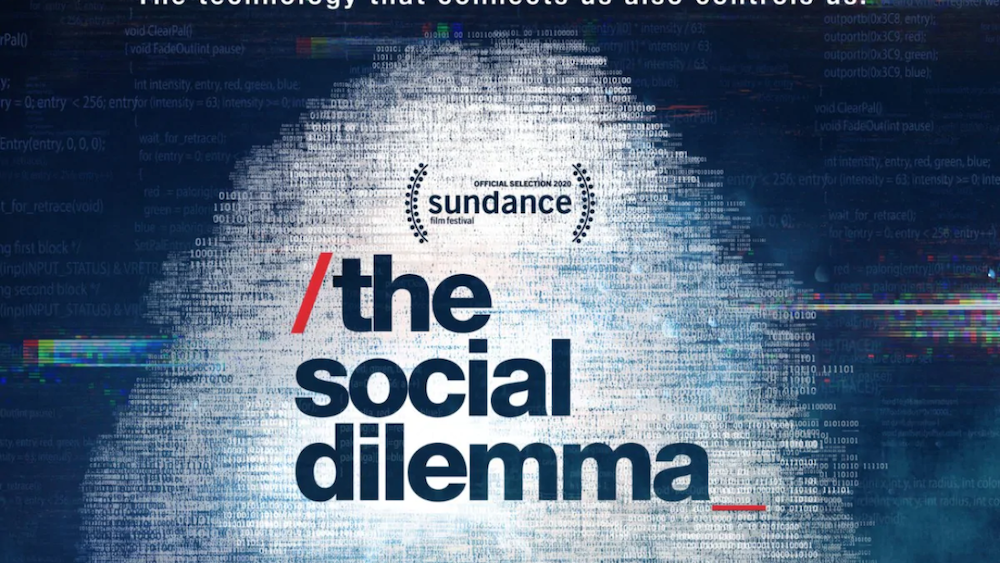I watched The Social Dilemma far later than most people not living under a rock. I expected a serious documentary that forecasted serious consequences with a tone of (even more) serious urgency and fear to drive the point home. If anything, it was understated.
Login to read more
Sign in or create a free account to access Subscriber-only content.
Topics:
